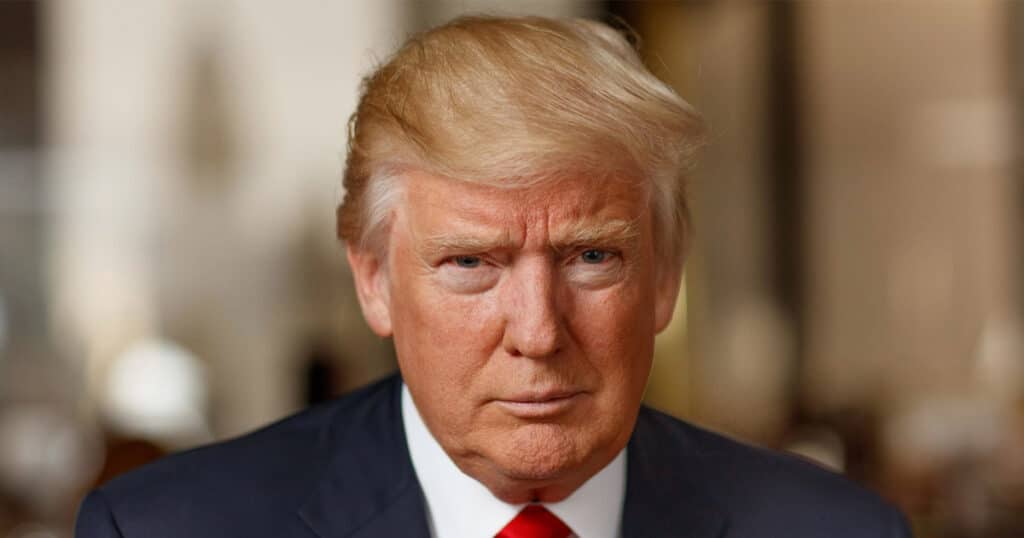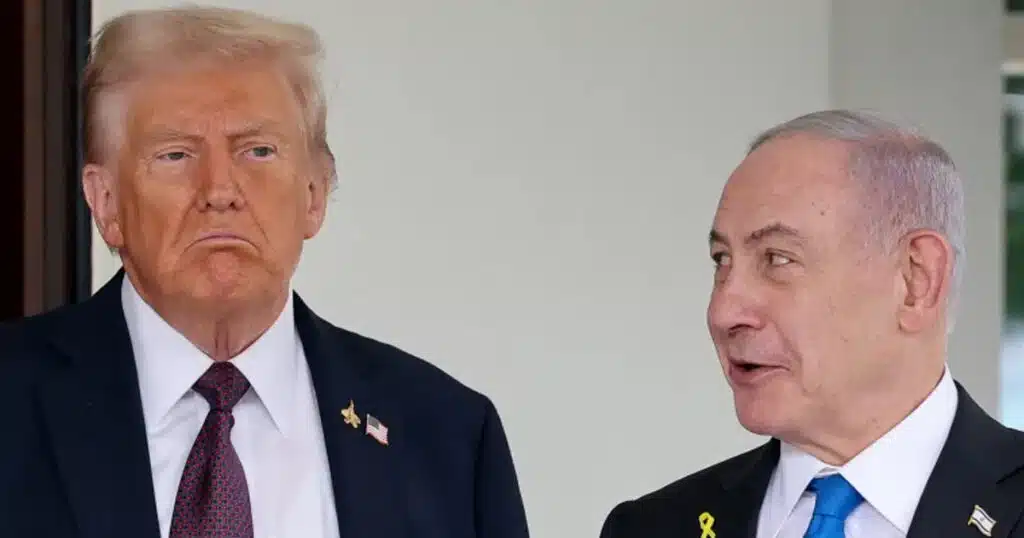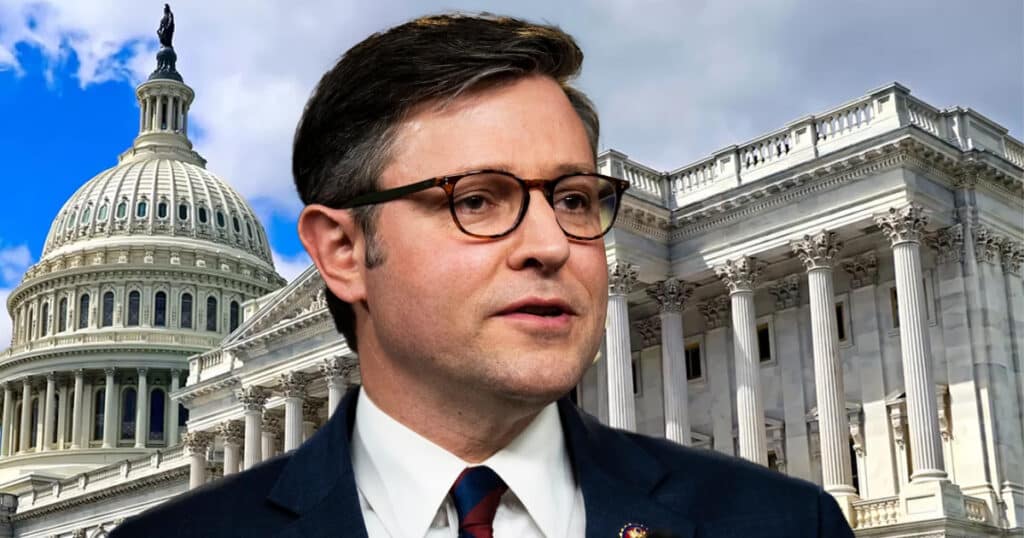
Welcome to the Executive Presidency
“I would support you to be spokesperson for the Pentagon,” Connecticut Sen. Richard Blumenthal acidly told Pete Hegseth during his hearing before the Senate Armed Services Committee.
The insult was a poke in Pete’s eye for his career at Fox News. Blumenthal, who once fibbed that he had served in Vietnam as a Marine (he never left the States), thought Hegseth lacked the record of “leadership” to head an organization as large and complex as the Department of Defense. Evidently, it never crossed Blumenthal’s mind that this appointment was a first step toward making the department less large and complex.
On paper, former Defense Secretary Lloyd Austin had such “leadership” experience, as did Jim Mattis, Bob Gates, Leon Panetta, Donald Rumsfeld, and most other department secretaries over the last 25 years.
Pete, on the other hand, led a platoon in Iraq before smiling his way through Saturday morning news shows. Once, during a bit on “Fox and Friends,” Hegseth tossed an ax that sailed over its target and struck a man standing nearby. Pete grimaced, the man was unhurt, and the show went on.
Despite Blumenthal’s putdown, Hegseth’s nomination passed out of committee and cleared a floor vote on his way to becoming the youngest secretary of defense since Donald Rumsfeld was first confirmed 50 years ago.
Hegseth wasn’t the traditional nominee, and that’s the point. Blumenthal and others like him looked at Hegseth through distorted, outdated glasses. They fail to understand that Donald Trump is remaking the executive branch of the federal government, and it starts with choosing communicators.
Any effective network of strategic communication must be organized as a hierarchy – if there is no one “at the top” who determines the messaging, there will be as many messages as there are nodes in the network. The executive’s ability to achieve his goals is fundamentally dependent on high-fidelity, rapid information transferal, where the message is relayed broadly, quickly, and without significant distortion. That’s what effective communication is – and it explains why Trump’s first term was less effective than it could have been.
When Trump took office eight years ago, the left resisted him through the mainstream media, Hollywood, and corporate America, but the spearhead of “The Resistance” was his own government.
The bureaucrats of the vast “administrative state” did not see Trump as a legitimate occupant of his office. Thus, they didn’t merely distort the communication that came from the top. They tried to subordinate his agenda by refusing to transfer the information. More than that, they actively disseminated information that ran counter to the president’s stated aims. Accomplished people like Jim Mattis and Rex Tillerson were seasoned executives with deep managerial experience, but their priorities were misplaced: Rather than advance the president’s initiatives, they focused on protecting themselves and their legacies.
In his 1938 classic “The Functions of the Executive,” author Chester Barnard explains that an executive’s first task is to create a “definite system of communication.” Barnard wasn’t talking about the technical means of communication – whether that be telephone, memo, or computer – but the communicators themselves. These new modes of transferring information sometimes obscure the human interaction that remains the most effective form of information transfer.
“Communication,” Barnard writes, “will be accomplished only through the agency of persons,” meaning the appointment of the right people. Controlling an enterprise, he tells us, hinges on the executive’s choice of who will repeat and amplify the executive’s message. During the Biden interregnum, it seems that Trump absorbed these insights, almost as if by osmosis.
Consider the inauguration. There were Elon Musk, Jeff Bezos, and Mark Zuckerberg front and center. Yes, they are among the world’s wealthiest men, but they also happen to be the owners of national and global media organizations.
Trump spent the entire first day of his second term on camera, narrating his executive actions.
“Here, David, that’s for you,” Trump said, passing his trademark, Trump-embossed marker to an aide, then holding up an executive order before the cameras like a newborn baby.
Never before had a president so merrily occupied the stage of the Oval Office, hosting audiences of millions online and on television, as he signed documents, bantered with reporters and staff, and generally went about his business. Trump knew his daylong, unscripted availability would contrast sharply with his predecessor’s behavior. Joe Biden’s increasing withdrawal from the public and his inability to deliver spontaneous remarks hid his declining mental health, and the fact that he really wasn’t in charge.
All forms of communication either demand or simulate presence – and Biden hadn’t really been present for some time. This is so out of keeping with the long-established precedents for how to inhabit the Oval Office that it invites serious reconsideration of comments that former president Barack Obama made to Stephen Colbert, allegedly in jest:
People would ask me, “Knowing what you know now, do you wish you had a third term?” And I used to say, “You know what? If I could make an arrangement where I had a stand-in, a front man or front woman, and they had an earpiece in and I was just in my basement in my sweats looking through the stuff, and then I could sort of deliver the lines, but somebody else was doing all the talking and ceremony, I’d be fine with that.”
By the time Trump deposed Obama’s frontman and took the oath of office, he was activating many of the key nodes in his system of communication. Kash Patel, a charismatic attorney of ambiguous political origins, has a Truth Social following of 1.5 million people. Until recently, he sold children’s books, scarves, and other goods through his online merchandising site. Since leaving Congress in 2021, Tulsi Gabbard has been a successful talk show host, news commentator, and author. Her followers on X approach 3.5 million.
Before the election, nobody anticipated Hegseth, Patel, or Gabbard would be selected to lead government bureaucracies. They lacked experience and pedigree, among other intangibles required under the Bush-Obama-Biden paradigm for leadership. The theme that binds them and others in Trump’s administration is their ability to think and speak on their feet, and to connect with large audiences. Via television and the Internet, they are able to go beyond rehearsed speech to win “followers,” in the parlance of social media.
In the attention economy, smart phones and computers continue to claim more and more of our time. And Trump’s nominees are some of that economy’s brightest entrepreneurs.
This matters because the old “leadership by committee” paradigm is dissolving before our eyes. The era of believing the group is the source of creativity – that leadership by committee is preferable to a strong, winning executive – is ending.
That idea unraveled under Biden, who depended entirely on a group of self-interested aides and advisors who concealed his infirmities and nudged along his decision-making according to their plans. He couldn’t hold a meeting on national security with the speaker of the House. He didn’t remember an executive order he’d signed on a matter of international security and commerce. He tried, meekly, to assert himself as his party’s nominee for president, only to be brushed aside by George Clooney and Nancy Pelosi.
The leadership-by-committee approach didn’t begin with Biden.
Obama was young and inexperienced when he assumed office, which was one reason he selected the much older (and supposedly wiser) Biden as his running mate. Obama assembled the “team of rivals” with people like James Jones as national security advisor, Bob Gates as defense secretary, and Hillary Clinton as secretary of state. All had decades of managerial experience and credentials from elite institutions. Like their governing principles, their style of dress, manner of behavior, modes of speech, and private lives seemed to be in lockstep.
The press applauded Obama’s humility and judgment in selecting this cast of people, commending his willingness to work “collaboratively” in locating the solution and meeting in the middle when necessary to get a deal done. Obama saw this as a new approach – part of the “change” that his election brought to global diplomacy. Speaking in London three months into his first term, he announced that in a complex world, “it is very important for us to be able to forge partnerships as opposed to simply dictating solutions. … [I]f there’s just Roosevelt and Churchill sitting in a room with a brandy, that’s an easier negotiation. But that’s not the world we live in, and it shouldn’t be the world that we live in.”
Despite Obama’s conviction in the novelty of this approach, Bush did it, too.
Memorably, he claimed that he was “the decider,” but the running joke during his presidency was that everybody but Bush was in charge – people like Rumsfeld at Defense, Colin Powell at State, Paul O’Neill at Treasury, and, of course, Vice President Dick Cheney. All were older, supposedly wiser, and more experienced in government and business. The public accepted what the media served up, that all these “executive” personalities provided depth and expertise to President Bush’s ultimate decision-making, ensuring Americans received the best, most sophisticated solutions to all problems, domestic and international.
The results, however, were disastrous.
Rather than win the war on terror, Bush’s advisers and executives used war as a pretext to expand the size and scope of government. In the process of fighting Islamic extremism, he naively built a network of information-gathering and surveillance that would eventually be unleashed upon “domestic extremists” – the Obama-era epithet for Americans who resist the left-wing, top-down model of administrative government.
Rather than stop illegal border crossings and legislate a solution to our demographic challenges, multiple administrations used illegal immigration to engineer society toward multiculturalism, creating along the way a social credit system based on race and sexuality that divides the country and demeans our humanity.
These “expert” managers from Bush through Biden were proper figureheads of an unconstitutional counter-state comprising some 78 government agencies and 35,000 lawyers who seek to govern the full span of human existence through rules and regulations. And although the governance-by-committee approach presented it as a more “inclusive” and ethical form of leadership, the truth was that, in practice, administrative managerialism pushed the powers of the American people first to the margin of politics, then out of government completely.
Trump repudiates that paradigm.
There will be no administrative committee that jointly deliberates a course of action and then finds a “compromise” that always amounts to a half-measure with little buy-in. Trump knows exactly what he wants to do and to whom he is obligated. For ten years, Trump has put forward his beliefs and accepted the public’s judgment again and again, modifying some positions but holding firm on most. His election marks the end of an era that put the group over the individual, administration over execution.
Trump’s second term will be fundamentally different from his first. Through the appointments of Hegseth, Patel, Gabbard, and others, Trump is establishing a system of communication that will facilitate his command of the executive branch and the country. By replacing resistors with transistors – highly capable communicators of his energy, ideas, goals, and politics – Trump will project his vision and his achievements to the world. It’s what the American people voted for on November 5.
This article was originally published by RealClearPolitics and made available via RealClearWire.


